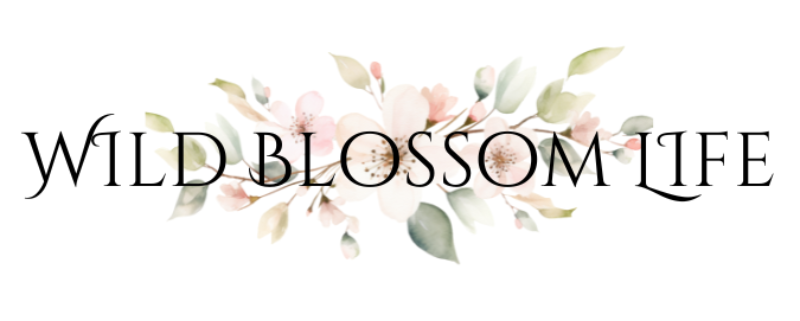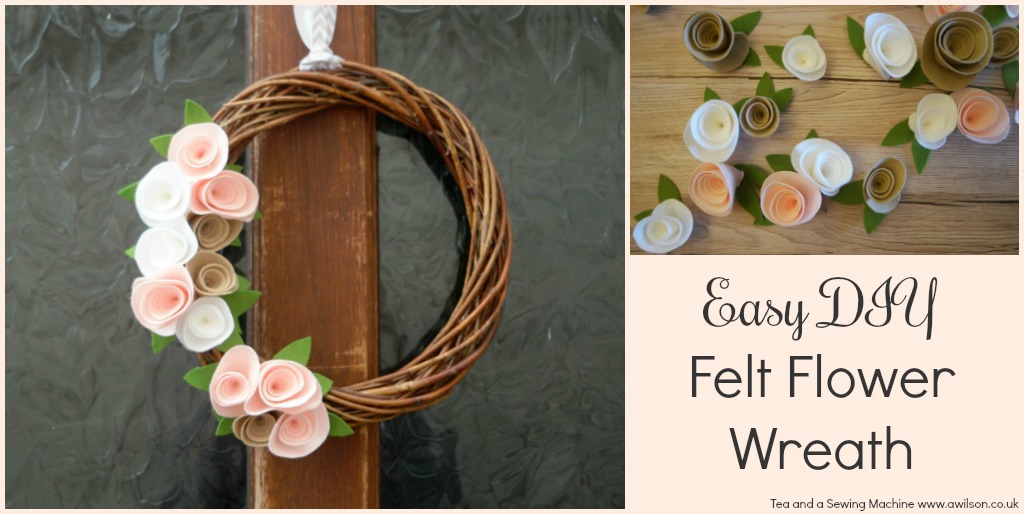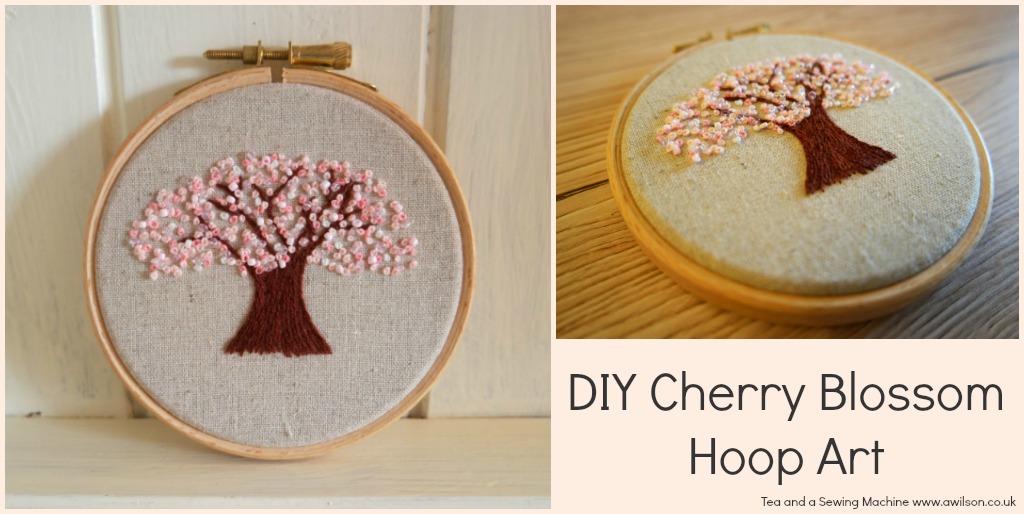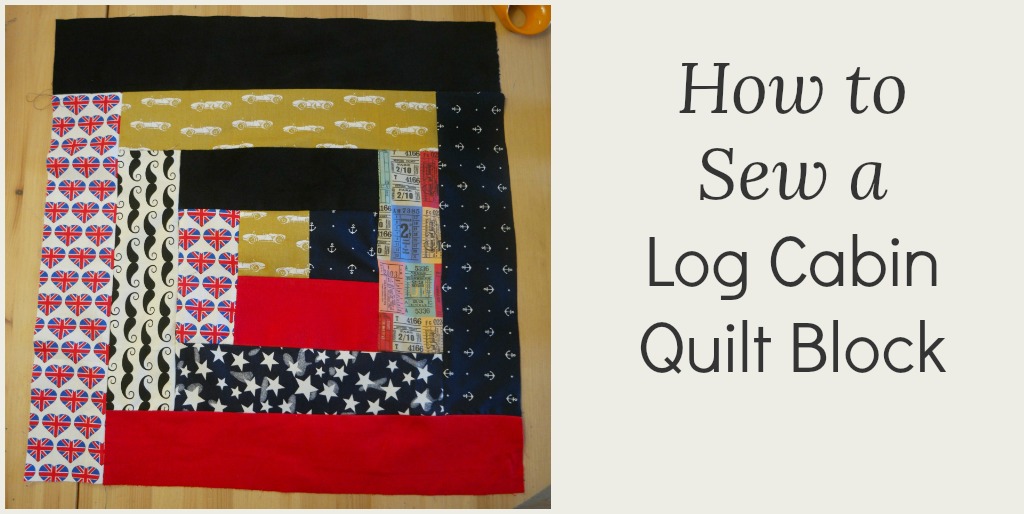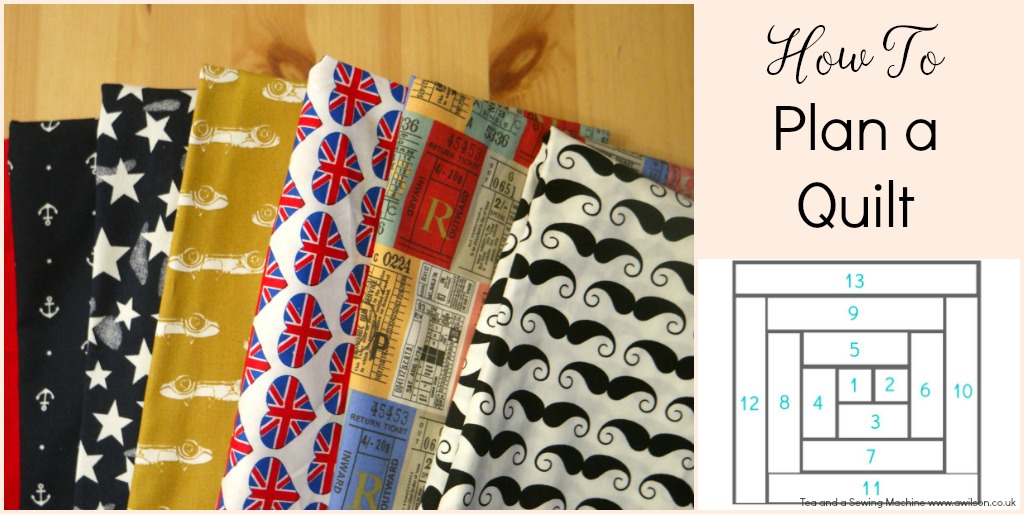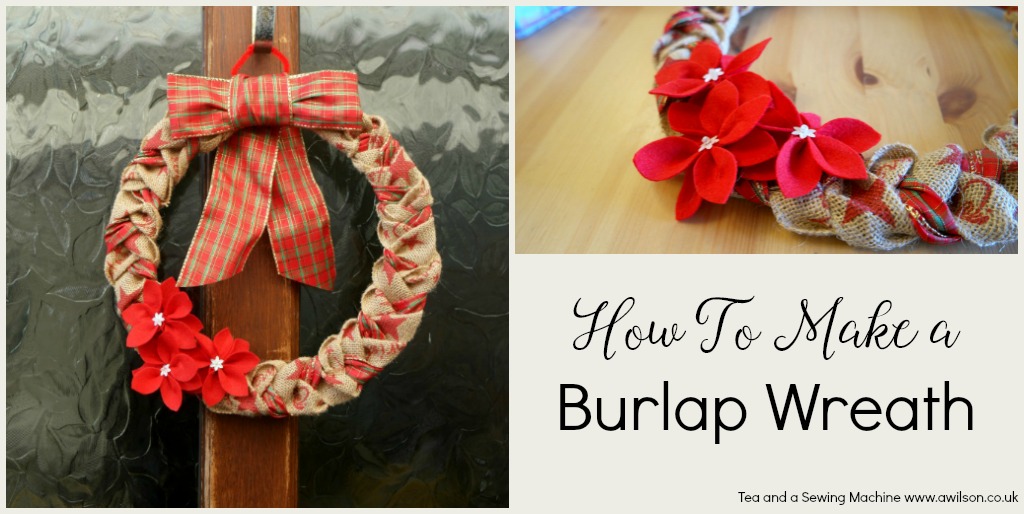Easiest Bunting Tutorial Ever
Easiest Bunting Tutorial Ever Making bunting isn’t especially difficult, but there are several ways of going about it. Some ways are more time consuming than others. Taking your time over it is fine if you’re only making a bit, or if you need it to be special. One…
